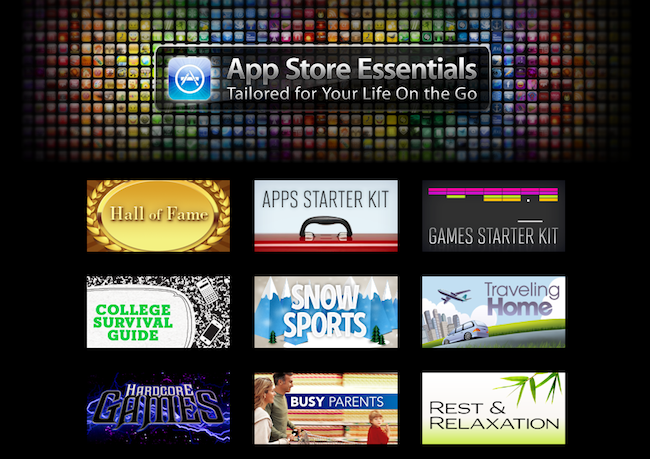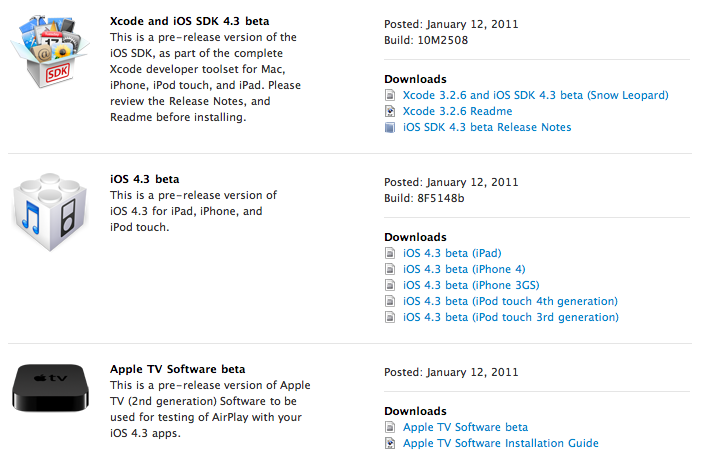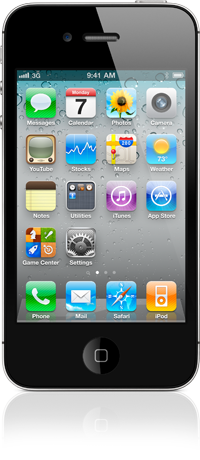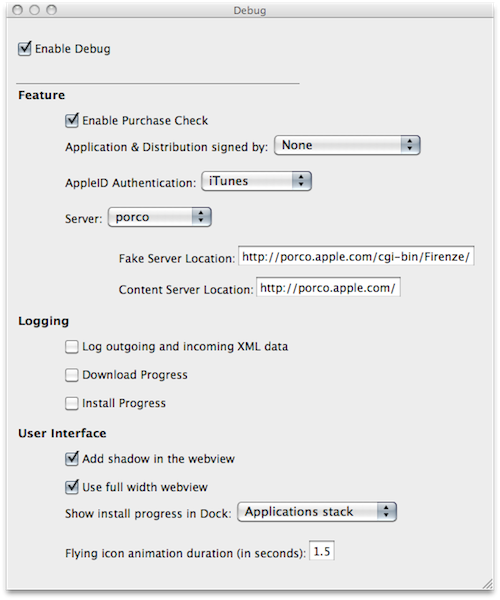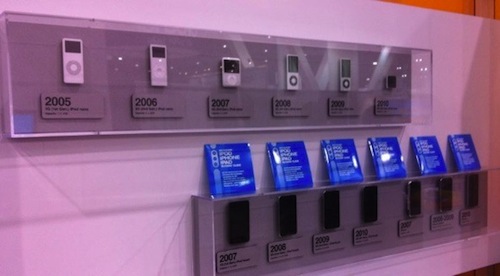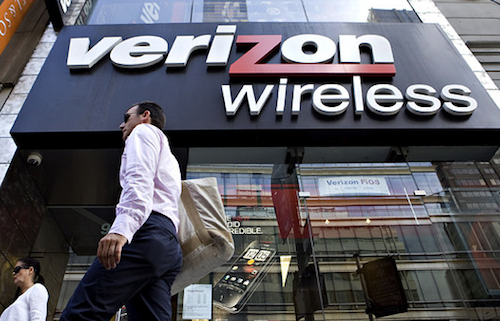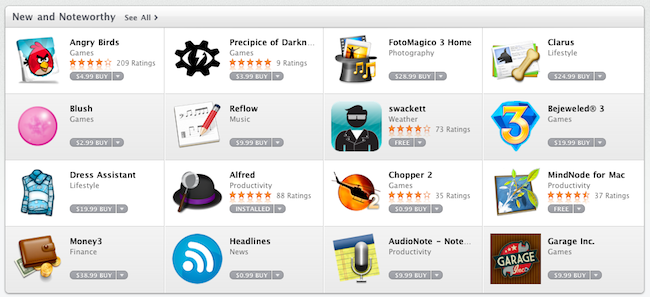Just like every Thursday, Apple has updated the homepage of the iPhone and iPad App Stores to include this week’s featured apps, updated New & Noteworthy sections and staff picks. This week’s refresh, though, comes with a few more surprises.
First off, we’re one week into the Mac App Store: Apple started refreshing the homepage of the new Store as well, although no custom sectionshave been launched. Guess Apple is still waiting for more Mac apps to become available. Anyway, go check out the updated Mac App Store homepage, as some sweet apps and games like Compartments and The Incident are being featured. Read more


